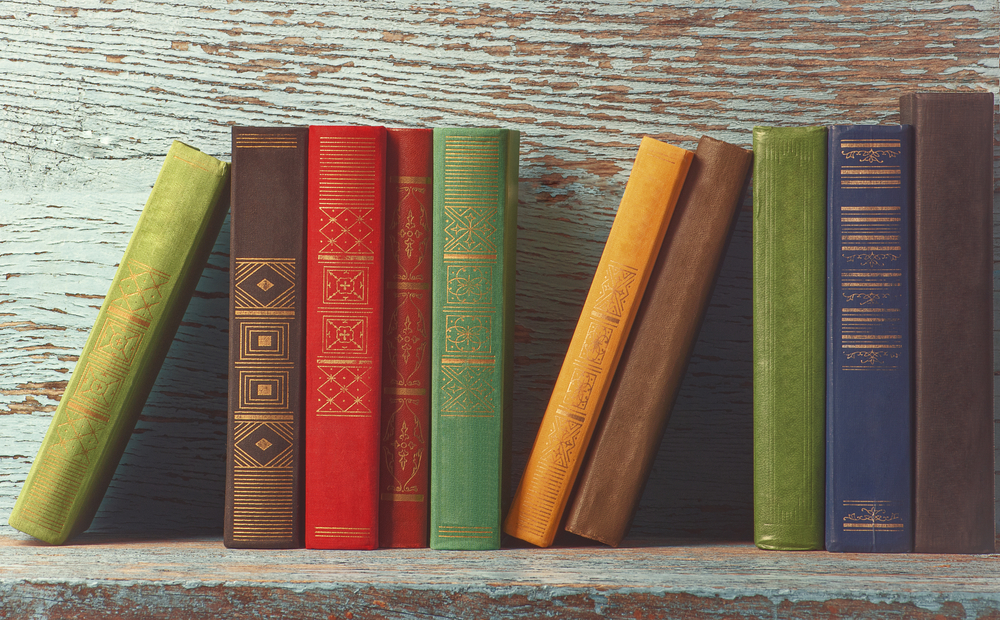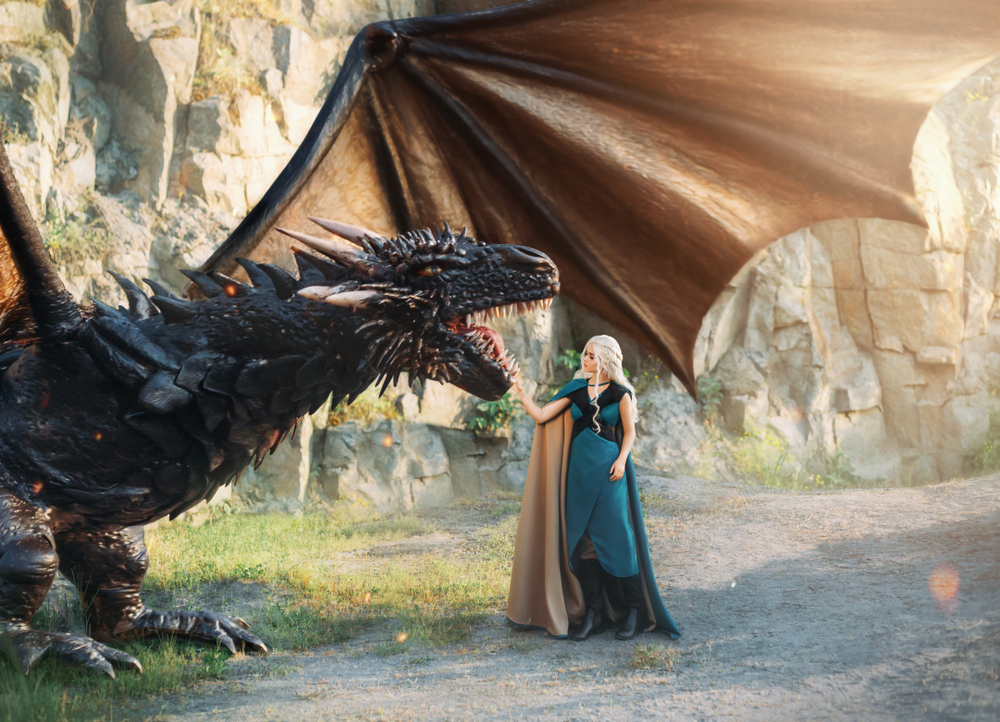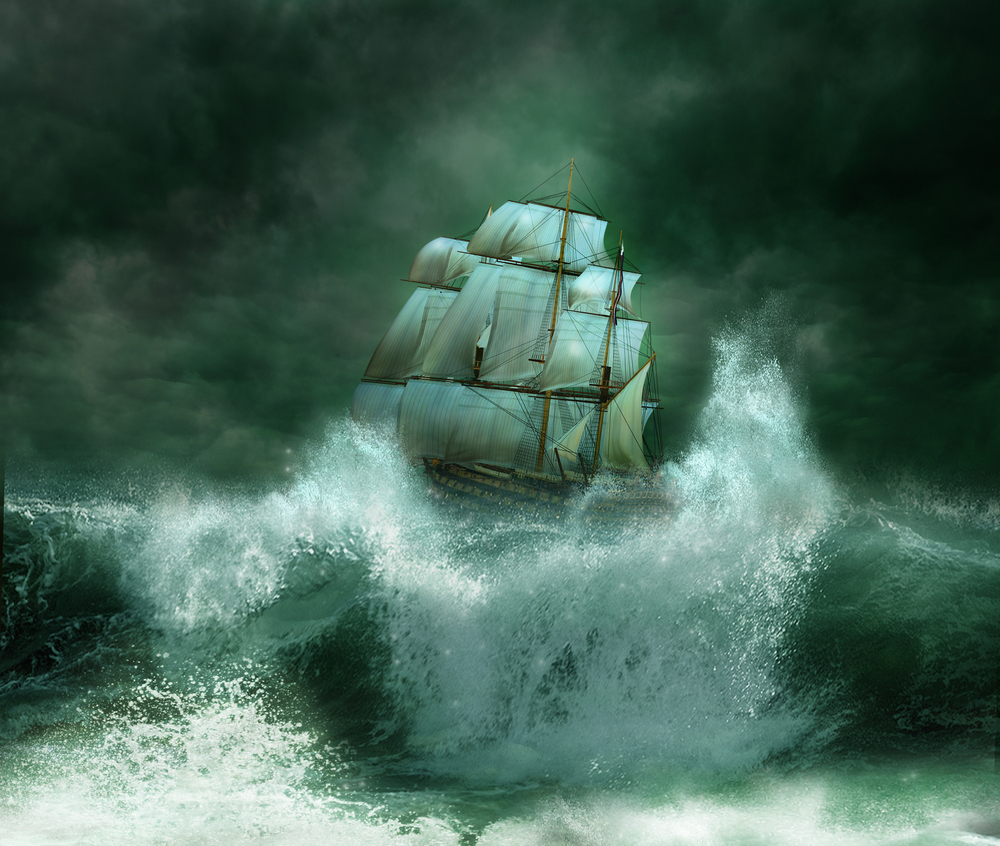
What You’ll Read Next
Throughout your high school years, you will be required to read all sorts of texts, including many novels. Modern novels may be easier to read and seem more directly connected to your own experiences, but classic literature has its advantages as well. Classic novels have “stood the test of time”—that is, many people still read and enjoy them, even though they were written long ago. This usually means those classic novels tell really interesting stories. Of course, you’ll still get to read novels that were written especially for people your age. These YA, or Young Adult novels, may end up being some of your favorites; in fact, many YA novels are well on their way to becoming classics.




